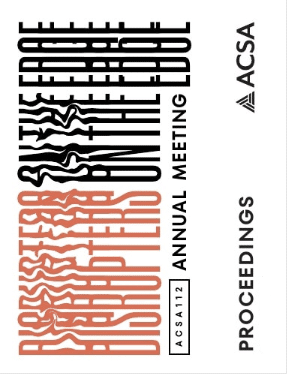Author(s): Ceara O'Leary
In the city of Detroit, policy interventions, public life and urban design are intertwined. Civic spaces that are unique to the Detroit landscape have evolved overtime in response to political momentum (or lack thereof) and design directions, informing and informed by community leadership and human use. This paper will track the evolution of three central types of urban spaces in Detroit, documenting morphology alongside contemporaneous social, economic and cultural contexts that intersect with urban space. This research and documentation seeks to link the braided narratives of design, policy and community experience in the historical development of three spatial typologies – commercial corridors and streetscapes, the vacant lot as neighborhood landscape, and the changing site of the community center from civic structure to repurposed residential space – all of which are central to urban form and public life in the city. This work is couched in a larger narrative of urban development and design in an industrial legacy city, including histories of racist policy, deep disinvestment and outmigration that have had a profound impact on the spatial experience of residents in the city. This past has also informed the role of design in the formulation of iterative public spaces. Research methods include: archival research of news clippings, city policy, urban photography, and drawings; graphic documentation and analysis of typological change over time; and testimony from community leaders and designers. The paper seeks to overlay political and social trajectories with design evolution of urban spaces and their role in community life and thus account for the complexities the built environment unique to Detroit overtime. The resulting documentation will tell the story of changing urban spaces in a political and social context and in relationship with public life in the city of Detroit.
https://doi.org/10.35483/ACSA.AM.112.109
Volume Editors
Germane Barnes & Blair Satterfield
ISBN
978-1-944214-45-6

 Study Architecture
Study Architecture  ProPEL
ProPEL 
